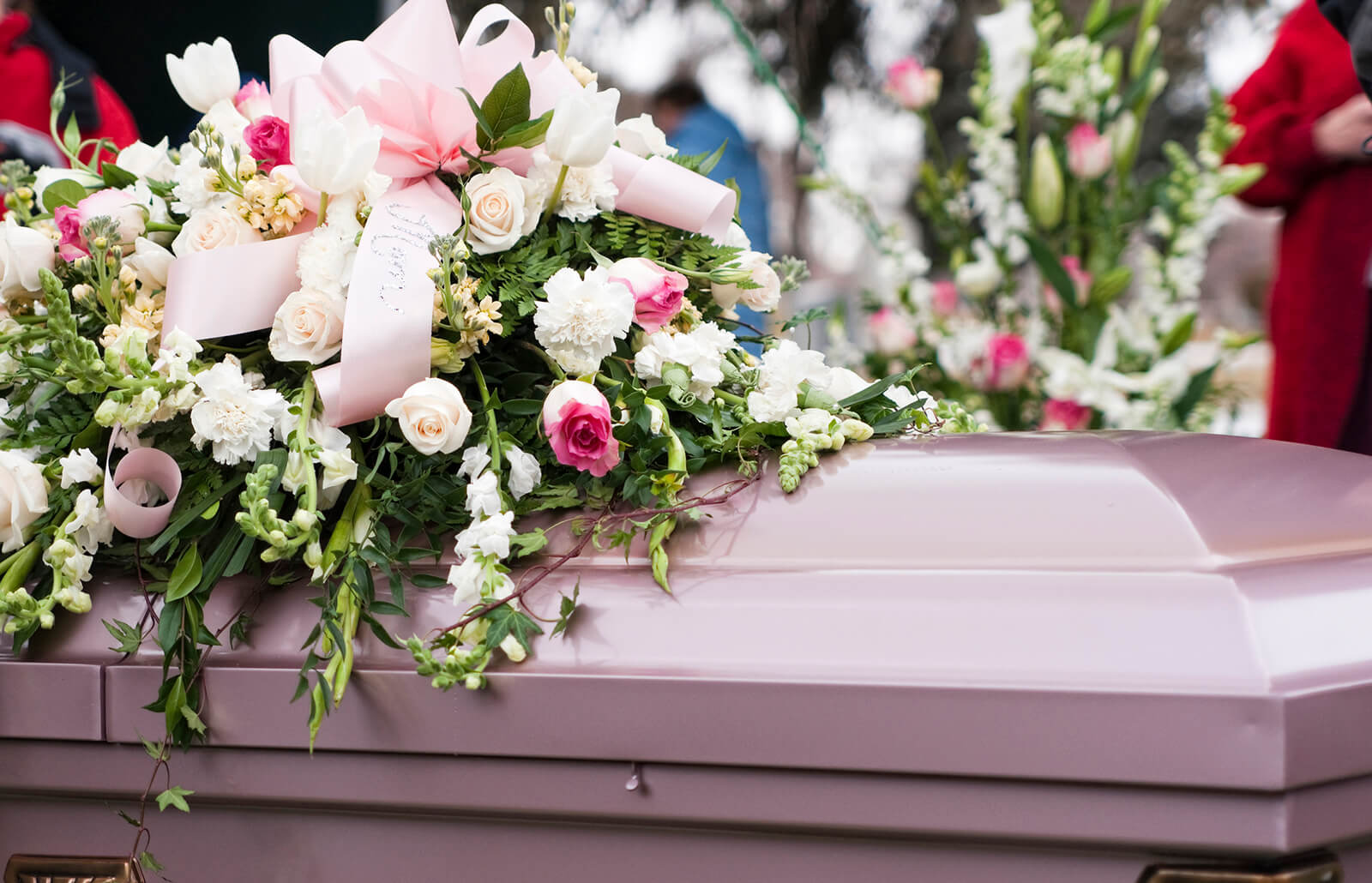Over the centuries, plants, flowers and nature have taken on a symbolic role in our communities. As a form of nature that grows from seed, flourishes and then dies, the circle of life is represented in every stage of a flower’s life cycle. But as humankind has evolved, we have allocated meaning and symbolism to every part of a flower – from stem to stamen to petal, to colour and variety.
Representing the circle of life
The flower is the part of a plant that attracts pollination, giving it a strong association with reproduction. This could be one reason why the flower is so strongly associated with love and romance. The beauty, the alluring scents, the vibrant colours – they are all designed to lure insects in so that their pollen can be distributed.
Different societies have attributed different meanings to different flower varieties according to their cultures, and it would take a novel to go through them all. But the humble funeral flower is an interesting topic that deserves its own examination.
Expressing sympathy and support
Throughout the UK, from the streets of London to the alleys of Edinburgh, funeral flowers are arranged in celebration and condolence of lives lost. Traditionally sending funeral flowers is an expression of sympathy and support.
A funeral wreath, for example, represents a circle of eternal life. Originally, during Victorian times, wreaths were constructed using a framework of cypress or willow branches, which were expressions of sadness and mourning during those times. To this day wreaths are still symbols of our strong emotions and indicate that we honour the deceased.
Chrysanthemums are another popular funeral arrangement flower and have different meanings depending on where you are. In Japan, for example, the chrysanthemum is symbolic of death and is only used in funerals., whereas in other Asian countries, it is a symbol of rebirth.
The importance of colour
Perhaps more important than the actual variety of flowers used in a funeral arrangement, is the colour. For example, Lilies – particularly white lilies – are widely acknowledged as the most important funeral flower. White is the symbol of innocence and purity. They evoke the sense that the deceased has gone back to its peaceful, pure state, wiped clean of their sins. Often, a peace lily plant is sent in the place of the traditional lily bloom, symbolising rebirth as the departed leaves our complex and messy world, and enters the new world of calm and serenity.
Sending an arrangement of roses to a funeral can invoke a range of different sentiments depending on their colour.
Similar to the lilies, a spray of white roses raises feelings of purity and innocence, but by choosing red roses, the sender is demonstrating a much deeper sense of love and grief at the loss of someone they feel strongly about.
Yellow roses are more symbolic of a friendship built on love, trust and mutual respect, whereas a pink rose resonates gratitude to the deceased.
Read More: Best Hair Colours For Spring 2024
Be aware of the religion
Make sure that you are aware of the particular customs of different religions, as there is not a one-size-fits-all approach to funeral flowers. For example, while all flowers would be welcome and appreciated at a Catholic funeral, flowers are not usually given at a Muslim funeral, where a card or donation to charity would be more acceptable.
A Jewish funeral is also not focused on flowers – again, a charitable donation or condolence card is more suitable.
For Buddhists, you might want to send white flowers directly to the family but do make sure you avoid red flowers or gifts of food.


